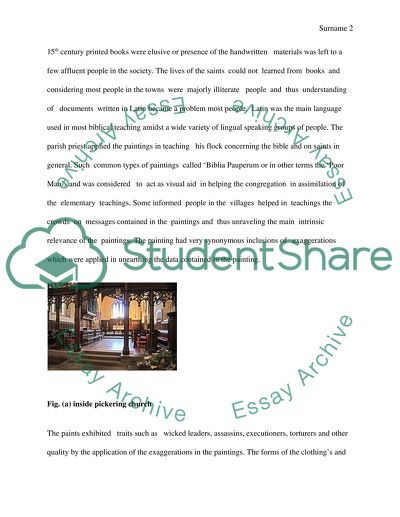Cite this document
(“Artworks in painting from the 16th century Essay”, n.d.)
Artworks in painting from the 16th century Essay. Retrieved from https://studentshare.org/visual-arts-film-studies/1636152-artworks-in-painting-from-the-16th-century
Artworks in painting from the 16th century Essay. Retrieved from https://studentshare.org/visual-arts-film-studies/1636152-artworks-in-painting-from-the-16th-century
(Artworks in Painting from the 16th Century Essay)
Artworks in Painting from the 16th Century Essay. https://studentshare.org/visual-arts-film-studies/1636152-artworks-in-painting-from-the-16th-century.
Artworks in Painting from the 16th Century Essay. https://studentshare.org/visual-arts-film-studies/1636152-artworks-in-painting-from-the-16th-century.
“Artworks in Painting from the 16th Century Essay”, n.d. https://studentshare.org/visual-arts-film-studies/1636152-artworks-in-painting-from-the-16th-century.


